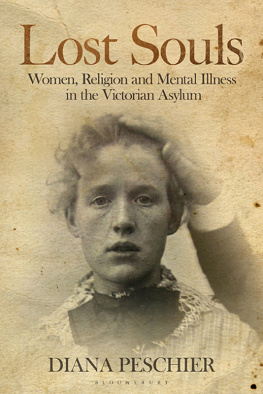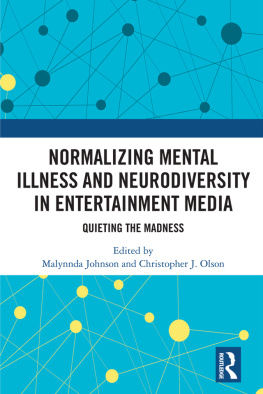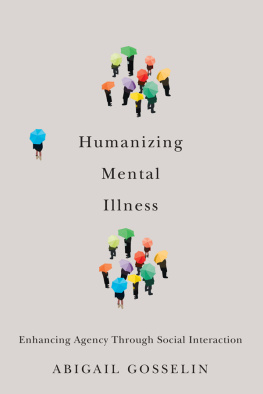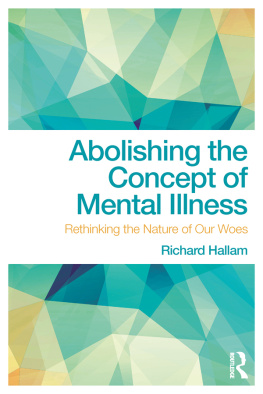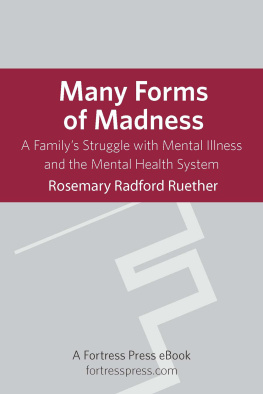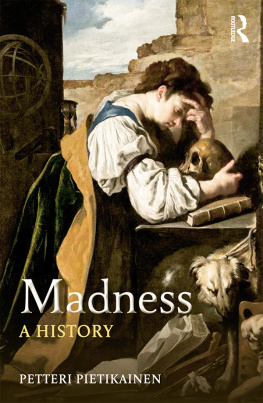For David and Francesca, with Love And For my Wonderful Fellow Volunteers at The Listening Place, If Only This Charity Had Existed in the Nineteenth Century.
I have oft seen the flower spring
From out the mouldring wall
I have seen the clusstring blossoms cling
And grace the ruined hall.
But here, mid scenes of human woe,
This little rose intends to blow.
So in lifes shades, however drear,
Some ray of mercy will appear.
Bloom, tiny flower, a gracious hand
Invisible, unfolds thy leaves
Oer scenes of grief, by his command,
Joy still with sorrow interweaves.
Verses written by a woman confined as a lunatic in an asylum. They were addressed to a rose just budding into life, seen through the lattice window of her room. 1860.
God will punish her: he might strike her dead in the midst of her tantrums, and then where would she go? Say your prayers Miss Eyre, when you are by yourself; for if you dont repent, something bad might be permitted to come down the chimney, and fetch you away.
Jane Eyre, .
The words of Miss Abbot, Mrs Reeds ladys maid, strike a stern warning into the psyche of the young Jane Eyre following her imprisonment in The Red Room, a chamber where her uncle had died, as punishment for retaliating against her cousin Johns cruelty and defying her aunt. Following a fit of passion, in which Jane describes herself as being out of herself, she says that Miss Abbot stood with folded arms, looking darkly and doubtfully on my face, as incredulous of my sanity.confinement, locked in a room without heat or light, just like the seclusion used in nineteenth-century mental asylums where the patient was removed from other inmates and placed in a darkened room, as light was seen as a source of irritation and darkness aided the calming of destructive or violent behaviour. Jane refers to having a consternation of soul and says:
How all my brain was in tumult, and all my heart in insurrection! Yet in what darkness, what ignorance, was the mental battle fought! I could not answer the ceaseless inward question why I thus suffered
Janes question about suffering was at the root of many females, Victorian mental asylum patients belief that they must have transgressed the will of God. How else could they explain their feelings of psychological anguish?
The idea for this book originated in an episode of B.B.C. Radio 4s All in the Mind, a programme presented by the psychiatrist Raj Persaud. He mentioned that Bethlem Hospital had a wealth of patient records that would make an interesting study. Since then, researchers have made use of these case books and some very scholarly work has been produced on the subject of Victorian asylums. This book is an examination of asylum inmates and their treatment, inspired by personal interest. More specifically, it is an exploration of how madwomen expressed themselves and how they were comprehended.
It soon became obvious that a comprehensive study of lunatic asylums in England would be impracticable and so I decided to limit my research to a selection of the larger county hospitals in and around London. Because the majority of patients in these asylums were Protestant, I have also looked at records of the Cork Asylum in Ireland, where most of the inmates would have been Roman Catholic, in order to discover any noticeable differences in the language used by the patients to describe their feelings.
This book examines case records of women in these nineteenth-century mental asylums and shows their gendered position within the institutions. The connection between physical and mental illness is explored through the theoretical texts of Victorian medical practitioners and actual diagnoses recorded in the asylum case books. Particular attention has been paid to the diagnostic categories of religious mania and religious excitement. Cases pertaining to the abuse of women, recorded, inferred and denounced in the press are examined and placed into context. Furthermore, this book aims to reveal the way in which madwomen employed the language of religion to express their perceived illnesses. In order to place these asylum records within a broader historical and social framework, the literature of the evangelical Sunday school movement has been examined. A sample of the asylum records for male patients has been scrutinized in order to demonstrate the differences between the feelings and language of male and female inmates and the divergence of treatment and understanding they received.
I have spent a lot of time with the case notes of mad Victorian women, reading their stories and trying to make sense of them. Some of the records made me cry because they were so poignant. One entry that made a lasting impression was of a woman who was put into an asylum shortly after the birth of her baby, presumably suffering from postnatal depression. She died there many years later. All that was written about her after her initial admittance notes was: No visitors. Other records described women who seemed to be more eccentric than mad and, if they had merely been accounts of out of the ordinary behaviour rather than the notes of females incarcerated in an asylum, they would have made me smile. One teenage girl was said to have refused her dinner because the parrot told her not to eat it, and an older woman caused disturbance to her landlady and neighbours by constantly accosting men and bringing them home for sex. This patient was convinced that she had an obstruction in her vagina and asked any man, who might be willing, to unblock it for her.
What I found in these narratives, as far as they went, was that the women were grappling with inexplicable feelings that they were struggling to put into words. In his book Madness, Roy Porter tells the story of some inspectors who were visiting an Irish lunatic asylum around 1850 when they were buttonholed by an inmate alleging theft. What the man had actually said was: they took my language from me. In re-telling some of the womens stories in the light of nineteenth-century psychological thinking, attitudes towards women and above all, religious atmosphere, I hope to shed new light on these insane working-class females.
The stories of middle- and upper-class women, who have been the subject of much nineteenth-century historical research, have largely been avoided. Statistics from annual reports and information about the day-to-day running of the asylums have been omitted as these too have been previously well documented. The overall intention is to give a voice to the disenfranchised women who were put into the various asylums where they were frequently ignored and neglected and to establish that being female was a strong contributing factor to being diagnosed.
The vocabulary of madness is contentious and can cause upset and offence if used inappropriately. Victorian terms such as lunatic, madwoman, idiot and imbecile are unacceptable today and descriptions such as simple or weak-minded are no longer used. However, lunacy was the official word for madness in the nineteenth century and the above descriptors were used liberally in the asylum case notes I have looked at. Women were frequently seen as suffering from melancholy, various degrees of mania and hysteria. In the twenty-first century, the term mental illness is more generally used for those suffering from psychological distress; however, this idiom suggests that madness is an illness and this assumption is a problem for some people. Darian Leader, in recognizing the category of psychosis in psychology, made the following point:

